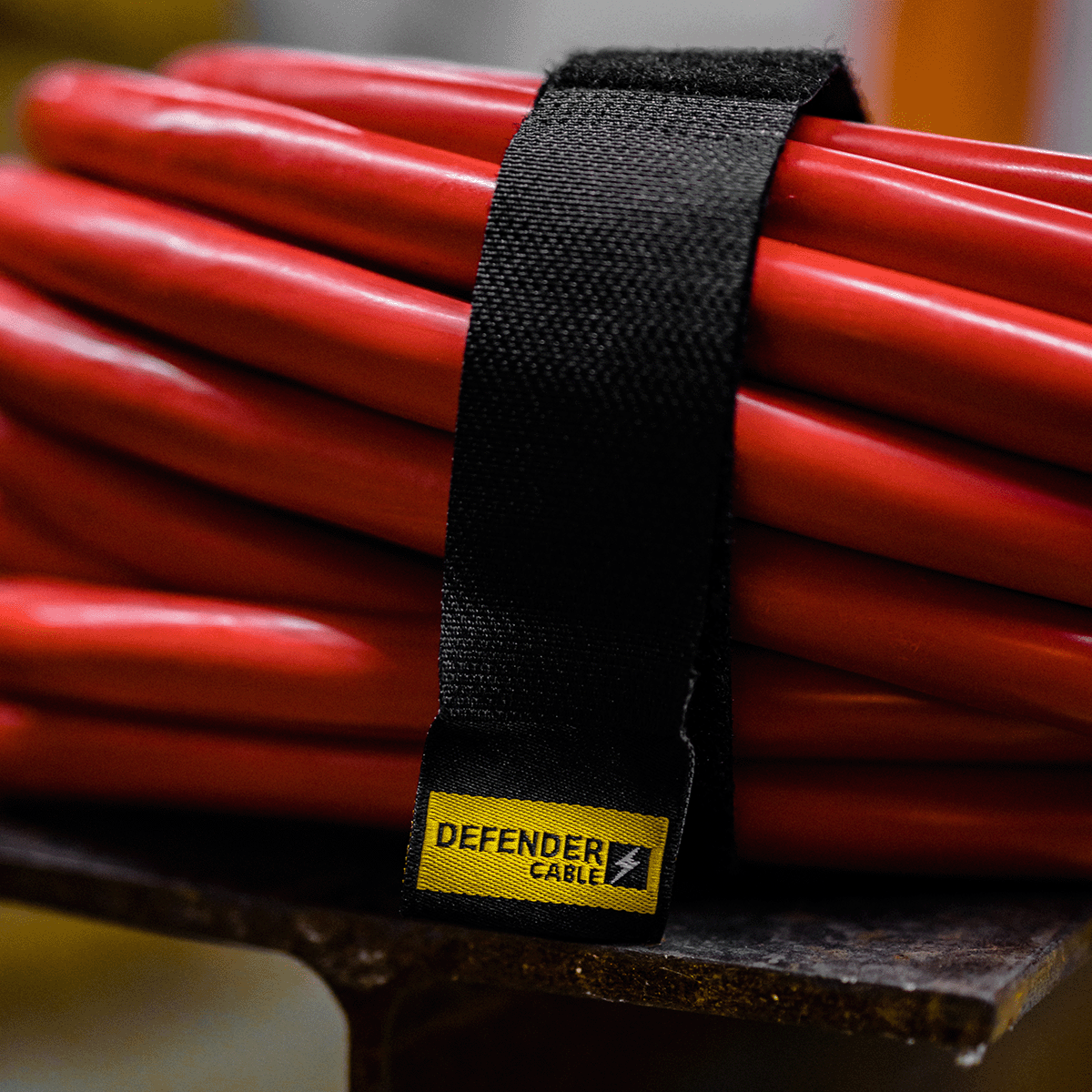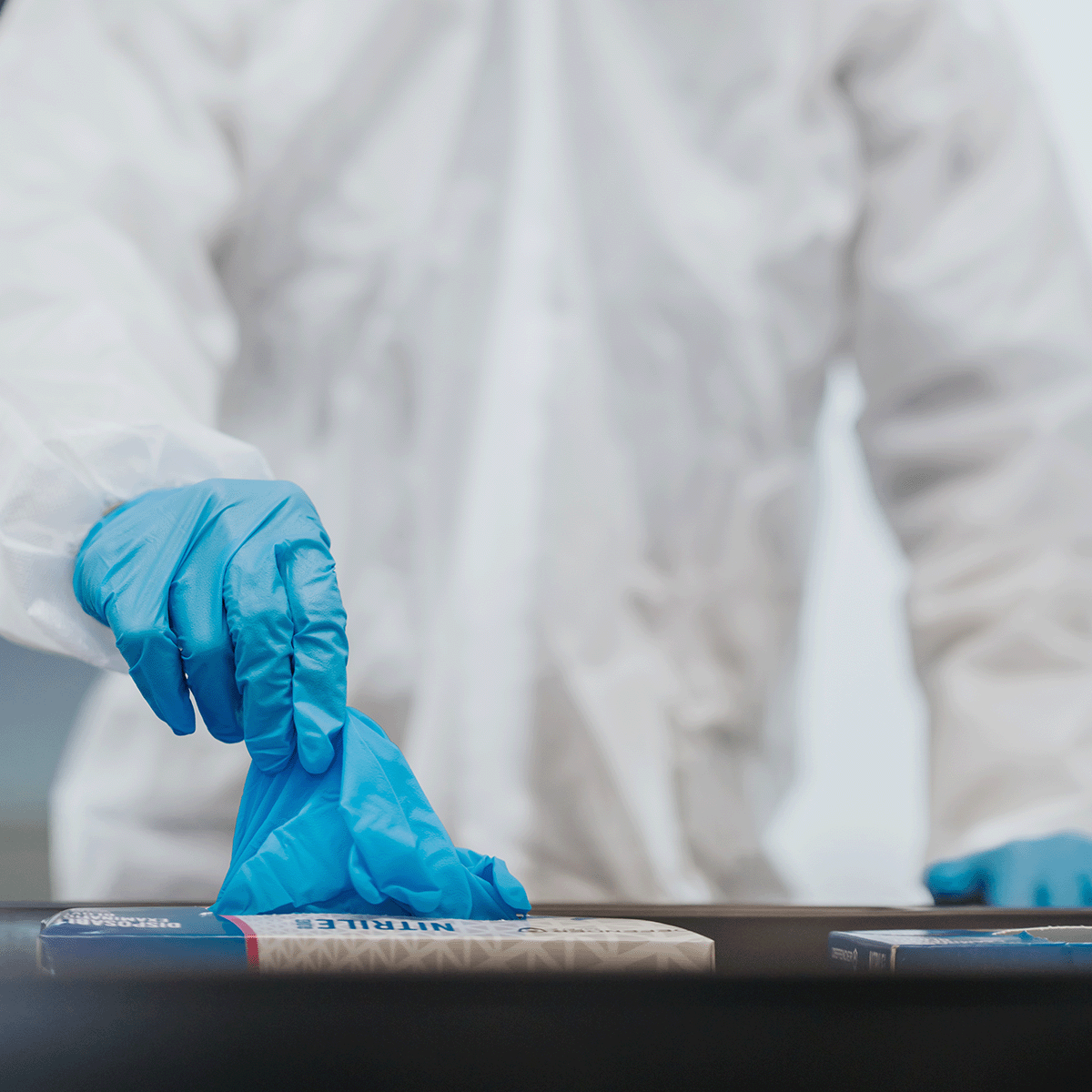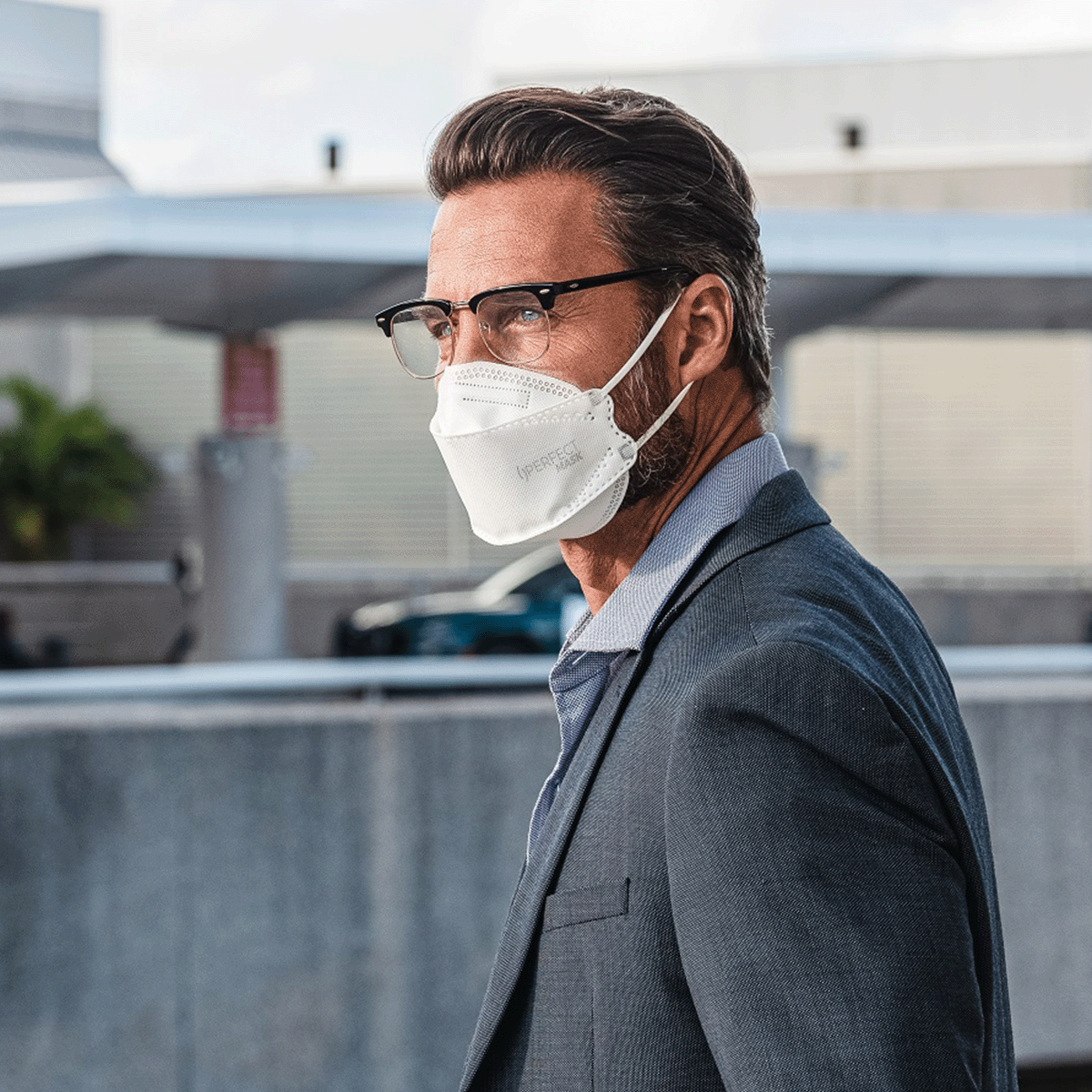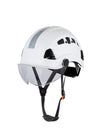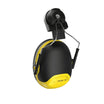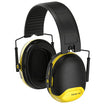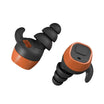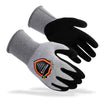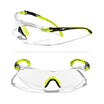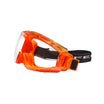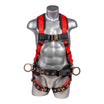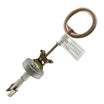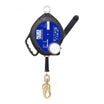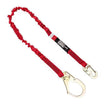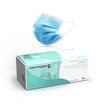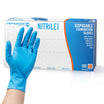What are the ANSI Z87.1 requirements?
Requirements include:- Optical Quality: Defects on protector lenses must be kept to a minimum.
- Luminous Transmittance: At least 85% of light must pass through lenses.
- Haze (clear lenses only): Haze of lenses should not exceed 3%.
- Refractive Power, Astigmatism, Resolving Power, Prism, and Prism Imbalance: The table below explains specific requirements.
 In addition, this test analyzes prismatic power and prismatic imbalance. Prismatic power is defined as the amount of light deflection at 100 cm. This ensures that the angle of the light passing through the lenses is not drastic. The tolerances for prismatic power and prismatic imbalance are shown in the table below, where ∆ represents a prism diopter.
In addition, this test analyzes prismatic power and prismatic imbalance. Prismatic power is defined as the amount of light deflection at 100 cm. This ensures that the angle of the light passing through the lenses is not drastic. The tolerances for prismatic power and prismatic imbalance are shown in the table below, where ∆ represents a prism diopter. 
- Drop Ball Impact Resistance: Protector must withstand a steel ball with a mass of 2.4 oz (~68 g) dropped from 50 in (127 cm) above the sample.
- Ignition: All materials on protector should not catch fire or glow when exposed to a metal rod at 650°C (1202°F) for 5 seconds.
- Corrosion Resistance of Metal Components: Any metal surfaces on the protector are submerged in a boiling saline solution for 15 minutes and left to dry for 24 hours. They should not show any signs of damage or corrosion.
What is ANSI z87+?
The basic ANSI Z87.1 regulations are adequate for ordinary conditions and protection. Yet, some environments may need additional impact and penetration protection. The ANSI Z87.1+ describes requirements for impact-rated devices that provide a higher protection level. Impact-rated protectors are labeled with a Z87+ on the lens. Protectors must pass further testing to earn the Z87+ label. In addition to the visual requirements, ignition test, and corrosion test, impact-rated tests include:- High Mass Impact: Protector should withstand a pointed object with a mass of 500 g (17.6 oz) dropped from 50 in (127 cm) above. The test is performed between the eyes and on each side.
- High-Velocity Impact: Small mass objects are propelled at the protector over 20 times. The chart below explains specific details.

- Penetration: A needle weighing 44.2 g (1.56 oz) is dropped from 50 in (127 cm above) between the eyes of the protector.
ANSI Z87.1 optional features and marking
In addition to the requirements outlined in ANSI Z87.1, there are several optional features for protective wear. Each feature allows for a more adaptable and usable protector for multiple scenarios. The additional features and their markings are outlined in the table below. The splash and dust features require testing to show that the goggles and face shields are protective. For the splash resistance test, white blotting paper with a detection solution is placed on a head form with two circles to indicate eyes. The protector is placed on the head form and sprayed with sodium carbonate. The blotting paper should not have color within the circles to pass. For the dust tests, the blotting paper, the head form, and the protector are placed in a dust chamber. A blower is turned on to make the dust particles move. The blower remains for one minute for the dust test and 5 minutes for the fine dust test. The blotting paper is checked for changes in color or reflectance. The paper should show no color change for the fine dust test. The ratio of the reflectance after to before should be greater than 0.8 for the dust test. Relaxed optics have a greater tolerance for refractive power, astigmatism, resolving power, and luminance. Testing requirements for the other optional features are described in the ANSI Z87.1-2020 document.
The splash and dust features require testing to show that the goggles and face shields are protective. For the splash resistance test, white blotting paper with a detection solution is placed on a head form with two circles to indicate eyes. The protector is placed on the head form and sprayed with sodium carbonate. The blotting paper should not have color within the circles to pass. For the dust tests, the blotting paper, the head form, and the protector are placed in a dust chamber. A blower is turned on to make the dust particles move. The blower remains for one minute for the dust test and 5 minutes for the fine dust test. The blotting paper is checked for changes in color or reflectance. The paper should show no color change for the fine dust test. The ratio of the reflectance after to before should be greater than 0.8 for the dust test. Relaxed optics have a greater tolerance for refractive power, astigmatism, resolving power, and luminance. Testing requirements for the other optional features are described in the ANSI Z87.1-2020 document.


